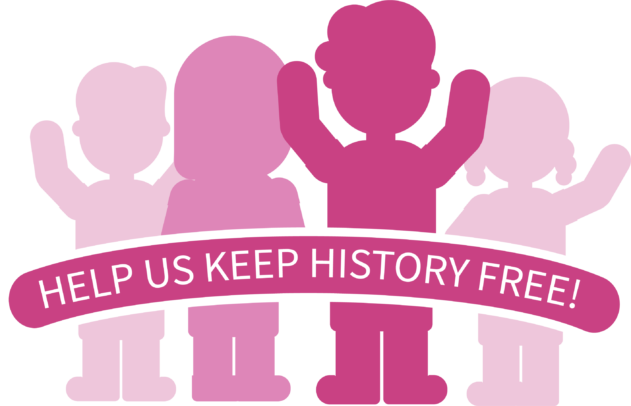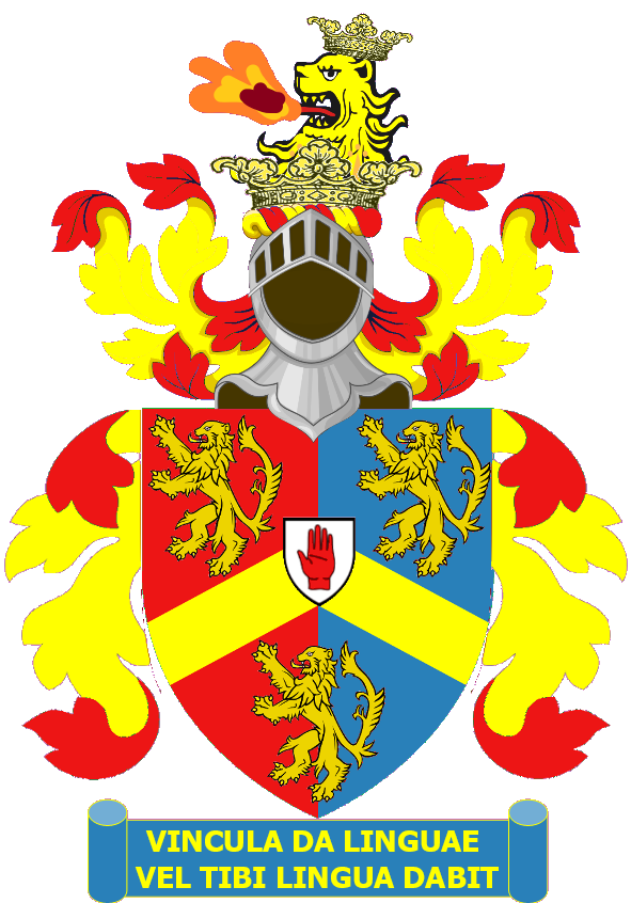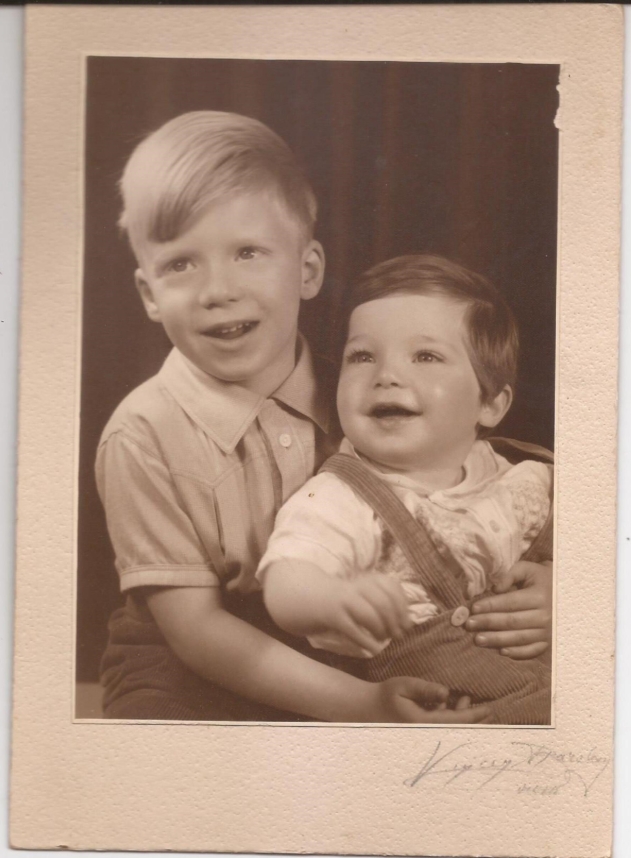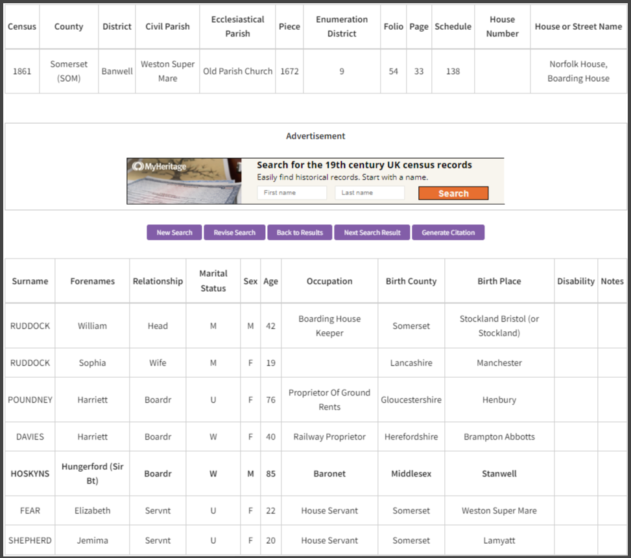FreeBMD2 Progress Review
As mentioned in a previous blog, we are currently working on updating our largest project FreeBMD. This is also our longest running project (as shown by the timeline below). The database has over 60,000 users per week and we want to make sure the completeness of the database and power of its search ability is maintained into the future.

To that end, this blog provides an overview of how the project to update FreeBMD is progressing.
We are making good progress. To date we have almost completely finished the development of the 3 core pages: the Search page, the Results page and the Entry Information page. The Records section is in the process of being implemented to provide users with extra information about our data.
Almost everyone who uses FreeBMD wants to perform a search and get results. With FreeBMD2, we’ve improved the user journey, updating the look and usability of the search form so it’s more in line with FreeREG and FreeCEN. The results table has also been enhanced and the individual's information page is laid out for more efficient information retrieval.
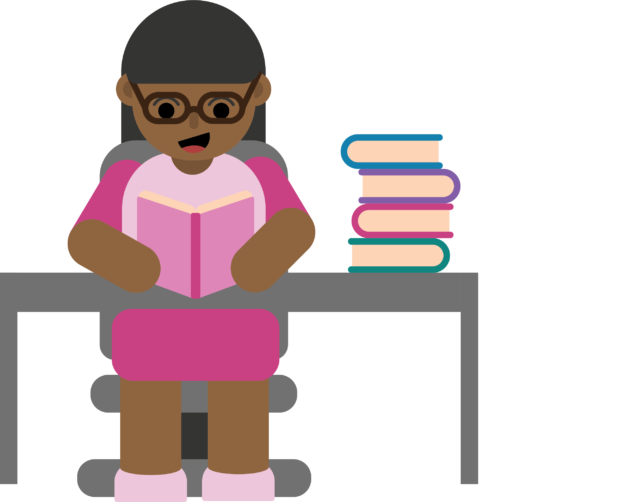
The Records section provides information about the data we hold and it goes into more detail about districts, for example, the names that have been found and are available for each district.
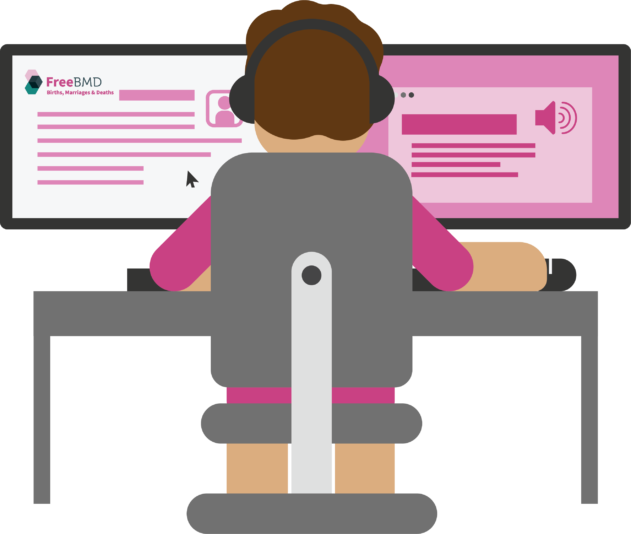
The new version of FreeBMD will have a simplified help page to support people in using the new version if they feel they need it.
There will also be an About page so that users can find out more about us, and a Contact page so you can get in touch with the volunteer-led FreeBMD team.
FreeBMD2 will also be more accessible for people with disabilities: for example, blind people using screen readers.
We only have a small team working on this, so it has taken some time to get where we are today. The next few months will involve completing development and testing.
We want to have as many of the little teething problems ironed out and dealt with as possible - either fixed if something doesn’t work or smoothed out if something is getting in the way of people being able to use FreeBMD effectively.
Once the testing of FreeBMD2 is done, and the feedback analysed and acted on if needed, we will be in a position to add in advertising for revenue generation. After the final testing stage we’ll be able to release it for public use.
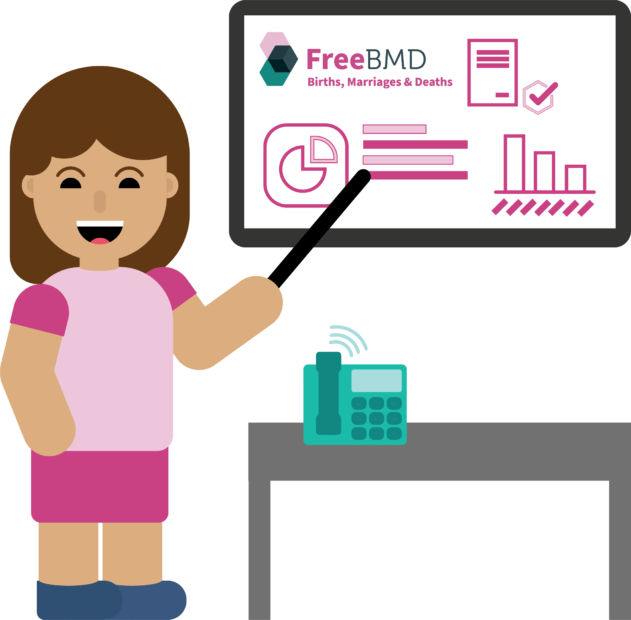
As a volunteer-led charity, your donations and support have played a big part in helping us to reach this point. On behalf of everyone at FreeUKGEN and the wider genealogy community, thank you!
Our Big Give cause this year is the completion of the FreeBMD update. The donations we raise during the campaign this December will allow us to complete the work on this project and we hope to have the site ready for public use by the middle of next year.
We hope you will carry on supporting us in the final stretch to complete the modernisation process for our three well-loved genealogy websites.
